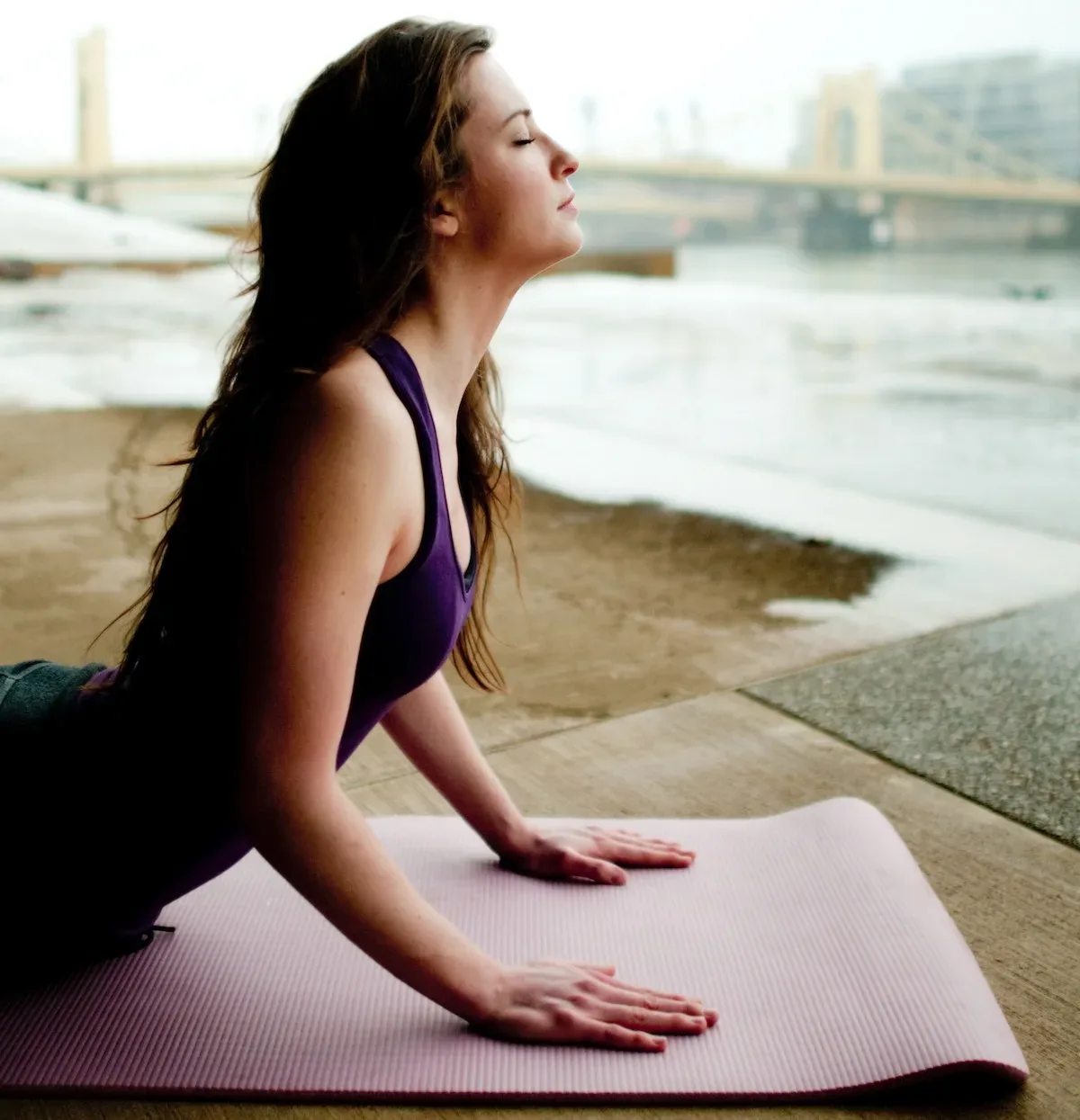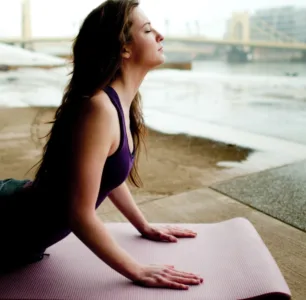Rugby is a high-impact sport that demands strength, agility, endurance, and physical toughness. For female rugby players, the challenges can be even greater, as they often face social and cultural barriers to participating in a traditionally male-dominated sport. However, with the right training and conditioning, female rugby players can overcome these barriers and achieve their goals.
One effective way to improve rugby performance and reduce the risk of injuries is through Pilates. Pilates is a system of exercises that focuses on strengthening the core, improving balance and flexibility, and promoting mind-body awareness. It was developed by Joseph Pilates in the early 20th century and has since become popular among athletes, dancers, and fitness enthusiasts.
Pilates is particularly beneficial for female rugby players because it addresses some of the common challenges they face on the field. For example, rugby players need strong and stable core muscles to maintain their balance and stability while tackling, rucking, and scrummaging. Pilates exercises such as the plank, side plank, and Pilates roll-up can help strengthen the abdominals, obliques, and lower back muscles that support the spine and pelvis.
Furthermore, rugby players need good mobility and flexibility in their hips, shoulders, and spine to perform a range of movements such as passing, catching, and running. Pilates exercises such as the spine stretch, shoulder bridge, and leg circles can help improve flexibility and mobility in these areas, while also promoting proper alignment and posture.
Another benefit of Pilates for female rugby players is that it can help reduce the risk of injuries. Rugby is a contact sport that involves collisions, falls, and twists, which can cause strains, sprains, and other injuries. Pilates can help strengthen the muscles and connective tissues that support the joints and reduce the risk of injury. For example, Pilates exercises such as the clam, inner thigh lift, and side-lying leg lift can help strengthen the hip muscles, which are often vulnerable to strains and tears in rugby.
Moreover, Pilates can help improve mental focus, concentration, and breathing, which are essential skills for rugby players. Pilates exercises involve controlled and mindful movements that require focus and awareness. This can help rugby players develop better mental skills, such as visualising plays, staying calm under pressure, and breathing efficiently during exertion.
In summary, Pilates can be an effective and safe way for female rugby players to improve their performance and reduce the risk of injuries. Pilates exercises can help strengthen the core, improve balance and flexibility, promote proper alignment and posture, and develop mental skills. To get started with Pilates, female rugby players can find a certified Pilates instructor or try online classes that are specifically designed for athletes. With consistent practice and dedication, Pilates can help female rugby players become stronger, more agile, and more confident on and off the field.
Advantages of pilates for rugby players
Pilates is an excellent form of exercise for rugby players as it offers many benefits that can improve their performance and help prevent injuries. Here are some of the advantages of Pilates for rugby players:
Improved core strength
Rugby players need to have a strong and stable core to maintain their balance and stability while tackling, rucking, and scrummaging. Pilates exercises such as the plank, side plank, and Pilates roll-up can help strengthen the abdominals, obliques, and lower back muscles that support the spine and pelvis. This can help rugby players maintain their form and technique during matches, and reduce the risk of injuries.
Increased flexibility
Rugby players need to be flexible to perform a range of movements such as passing, catching, and running. Pilates exercises such as the spine stretch, shoulder bridge, and leg circles can help improve flexibility and mobility in the hips, shoulders, and spine. This can help rugby players move more freely and reduce the risk of injuries caused by muscle stiffness or tightness.
Improved balance and coordination
Rugby players need to have good balance and coordination to perform well on the field. Pilates exercises such as the single-leg circle and standing leg lift can help improve balance and coordination, which can help rugby players stay on their feet during tackles and maintain their balance during scrums.
Better posture
Rugby players often have to adopt a hunched over posture when tackling or scrummaging, which can lead to poor posture and back pain. Pilates exercises can help improve posture by strengthening the muscles that support the spine and pelvis. This can help rugby players maintain proper alignment and reduce the risk of back pain.
Reduced risk of injury
Rugby is a high-impact sport that involves collisions, falls, and twists, which can cause strains, sprains, and other injuries. Pilates can help reduce the risk of injuries by strengthening the muscles and connective tissues that support the joints. For example, Pilates exercises such as the clam, inner thigh lift, and side-lying leg lift can help strengthen the hip muscles, which are often vulnerable to strains and tears in rugby.
Improved mental focus and breathing
Rugby players need to have good mental focus, concentration, and breathing techniques to perform well on the field. Pilates exercises involve controlled and mindful movements that require focus and awareness. This can help rugby players develop better mental skills, such as visualising plays, staying calm under pressure, and breathing efficiently during exertion.
In conclusion, Pilates offers many benefits for rugby players, including improved core strength, flexibility, balance, posture, reduced risk of injury, and improved mental focus and breathing. By incorporating Pilates into their training regimen, rugby players can improve their overall performance on the field and reduce the risk of injuries.
Is Pilates suitable for younger girls
Pilates can be a suitable form of exercise for younger girls, provided that it is taught by a certified Pilates instructor who is experienced in working with children and adolescents.
Pilates exercises are generally low-impact and gentle on the body, which makes them a suitable form of exercise for children and teenagers who may not be able to handle the stress and strain of high-impact sports or strenuous exercise programs. Pilates can help young girls build strength, flexibility, and balance, and can also help improve their posture and body awareness.
However, it is important to note that not all Pilates exercises may be appropriate for younger girls, especially if they have certain medical conditions or physical limitations. For example, some Pilates exercises involve bending or twisting the spine, which may not be suitable for girls with scoliosis or other spinal conditions.
When teaching Pilates to younger girls, it is important to tailor the exercises to their age, physical abilities, and level of fitness. Pilates instructors who work with children and adolescents should have experience in modifying the exercises to suit the needs and abilities of their students.
Furthermore, parents or guardians should always consult with a healthcare professional before enrolling their child in a Pilates program or any other form of exercise program. They should also ensure that the Pilates instructor is certified and has experience working with children and adolescents.
In conclusion, Pilates can be a suitable form of exercise for younger girls, provided that it is taught by a certified instructor who has experience working with children and adolescents. With proper guidance and instruction, Pilates can help young girls build strength, flexibility, and balance, and can also help improve their posture and body awareness.
The history of pilates
Pilates is a form of exercise that was developed in the early 20th century by Joseph Pilates, a German-born fitness enthusiast and physical trainer. Joseph Pilates was born in 1883 in Mönchengladbach, Germany, and spent much of his early life studying anatomy, physiology, and physical culture.
As a young man, Joseph Pilates became interested in physical fitness and began experimenting with various exercise techniques, including gymnastics, martial arts, and yoga. He was also influenced by the ancient Greek concept of “a sound mind in a sound body,” which emphasised the connection between physical and mental health.
During World War I, Joseph Pilates was interned in a British prison camp, where he began to develop his system of exercise. He used his knowledge of anatomy and physiology to help injured soldiers recover their strength and mobility, and he also began to develop his own unique approach to fitness and exercise.
After the war, Joseph Pilates moved to New York City and opened his own studio, which he called the “Pilates Studio.” He began teaching his system of exercise to dancers, actors, and other fitness enthusiasts, and he quickly gained a following.
Joseph Pilates called his system of exercise “Contrology,” which emphasized the use of the mind to control the muscles and movements of the body. His exercises were designed to improve strength, flexibility, and body awareness, and to promote a sense of balance and harmony between the body and mind.
Over the years, Joseph Pilates continued to refine and develop his system of exercise, incorporating new techniques and ideas into his teaching. He wrote several books on Contrology, including “Return to Life through Contrology” and “Your Health,” which became popular among fitness enthusiasts and physical therapists.
Today, Pilates is a popular form of exercise that is practised by millions of people around the world. It has been adapted and modified by many different instructors and fitness enthusiasts, but the basic principles of Pilates – control, concentration, centering, breathing, precision, and flow – remain at the heart of the practice.
Common Pilates exercises
Pilates is a versatile form of exercise that offers many different exercises and movements. Some of the most common Pilates exercises include:
- The Hundred: This exercise involves lying on your back with your legs raised and bent at a 90-degree angle, and your arms raised above your head. You then pulse your arms up and down while breathing in and out for a total of 100 beats.
- The Roll-Up: This exercise involves lying on your back with your arms extended above your head. You then slowly roll your spine up, one vertebra at a time, until you are in a seated position. You then slowly roll back down to the starting position.
- The Plank: This exercise involves holding a push-up position, with your body in a straight line from your head to your heels. You hold this position for a specified amount of time, typically starting with 10 seconds and working up to a minute or more.
- The Side Plank: This exercise involves holding a side plank position, with your body in a straight line from your head to your heels. You hold this position for a specified amount of time, typically starting with 10 seconds and working up to a minute or more on each side.
- The Bridge: This exercise involves lying on your back with your knees bent and feet flat on the ground. You then lift your hips up towards the ceiling, squeezing your glutes and engaging your core. You hold this position for a few seconds before lowering back down to the starting position.
- Leg Circles: This exercise involves lying on your back with one leg extended towards the ceiling. You then move your leg in a circular motion, first clockwise and then counterclockwise, while keeping your core engaged and your back flat on the mat.
- The Teaser: This exercise involves lying on your back with your arms and legs extended towards the ceiling. You then roll up to a seated position, keeping your arms and legs extended, before rolling back down to the starting position.
These are just a few examples of the many Pilates exercises that can be incorporated into a Pilates workout. Pilates exercises can be modified and adapted to suit the needs and abilities of different individuals, making it a versatile form of exercise that can be practised by people of all ages and fitness levels.

